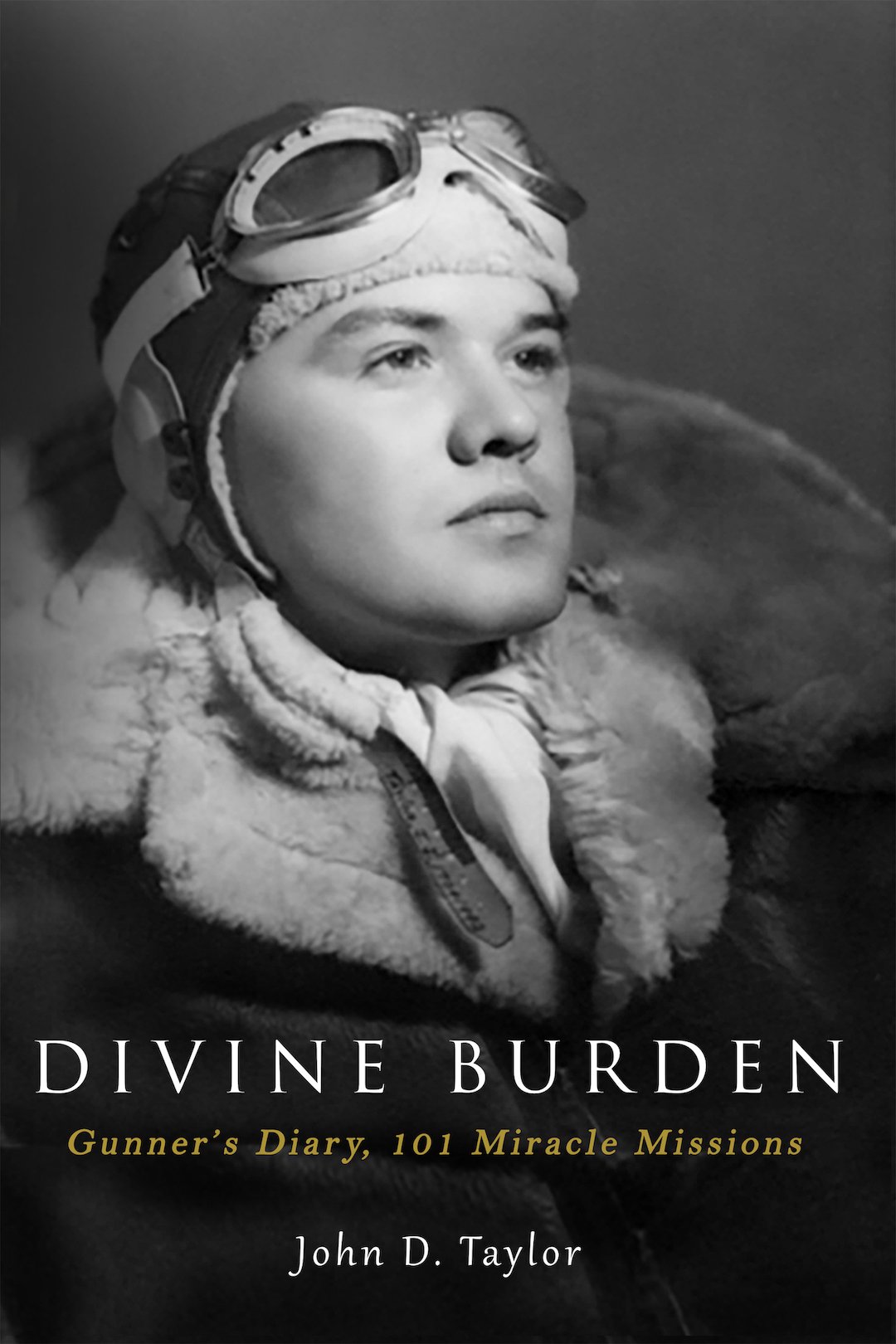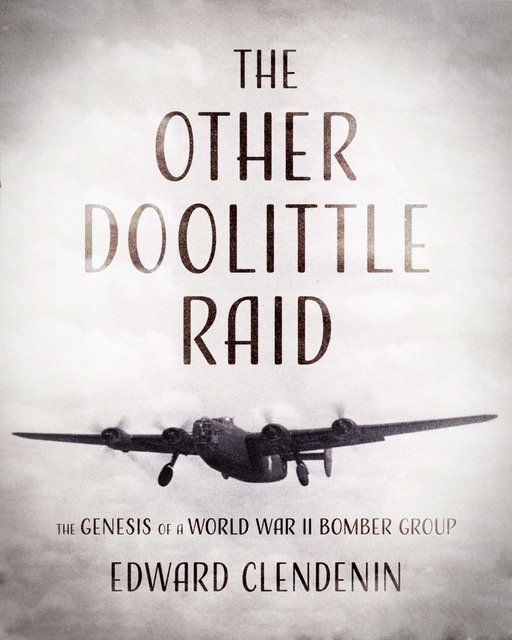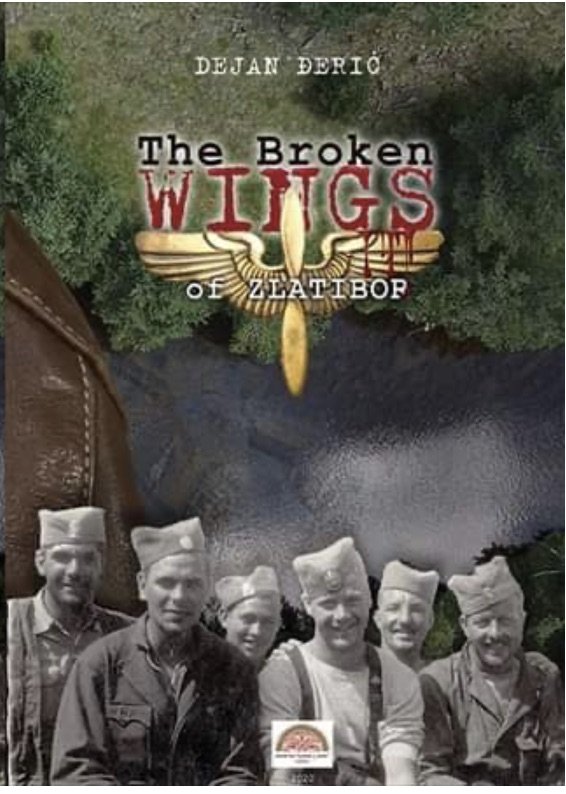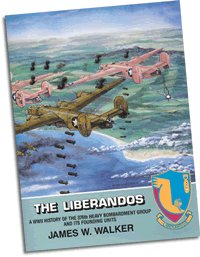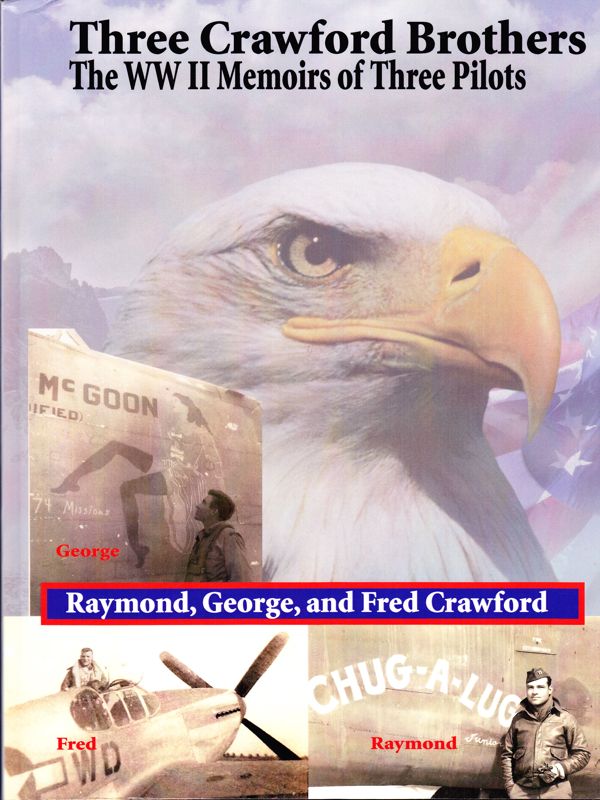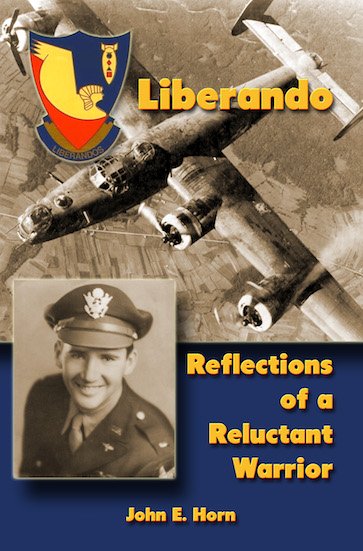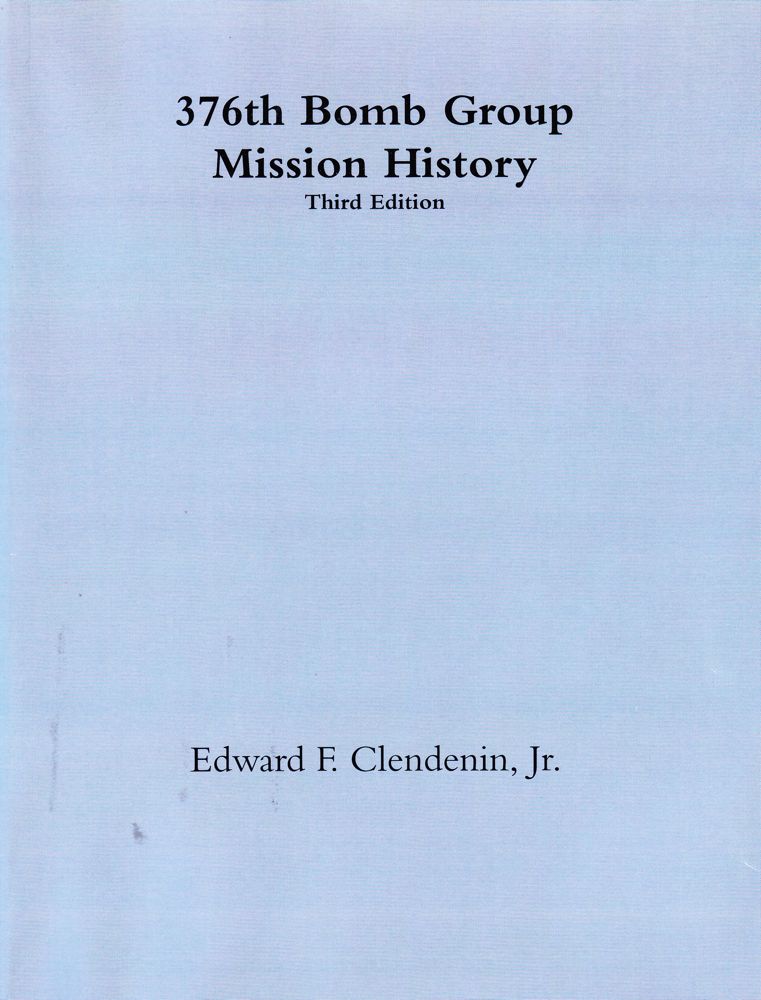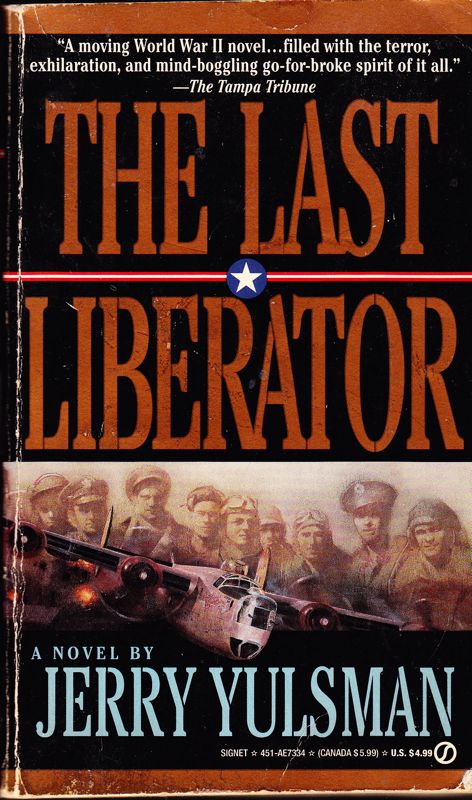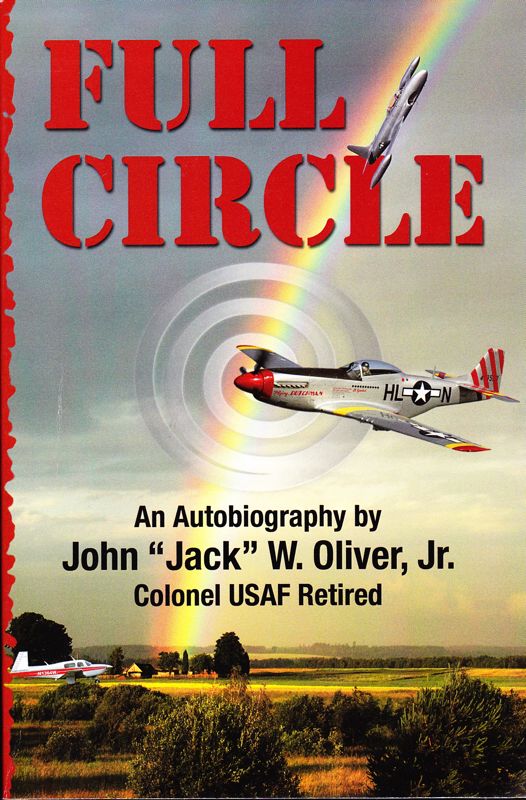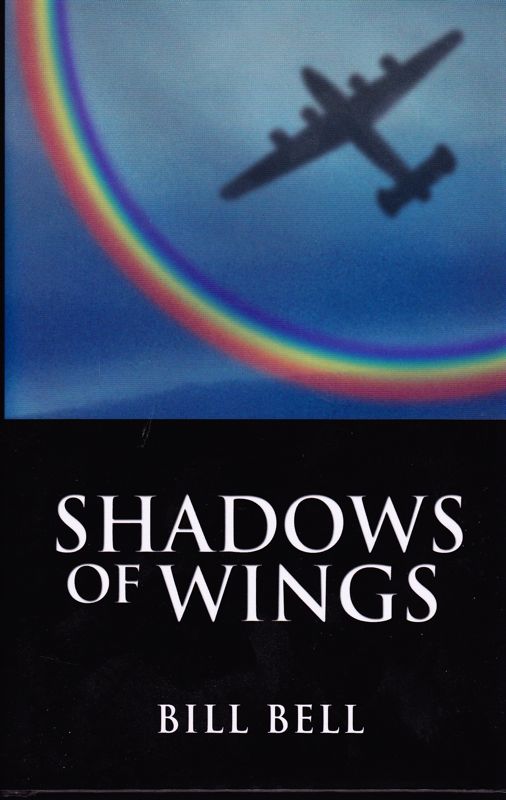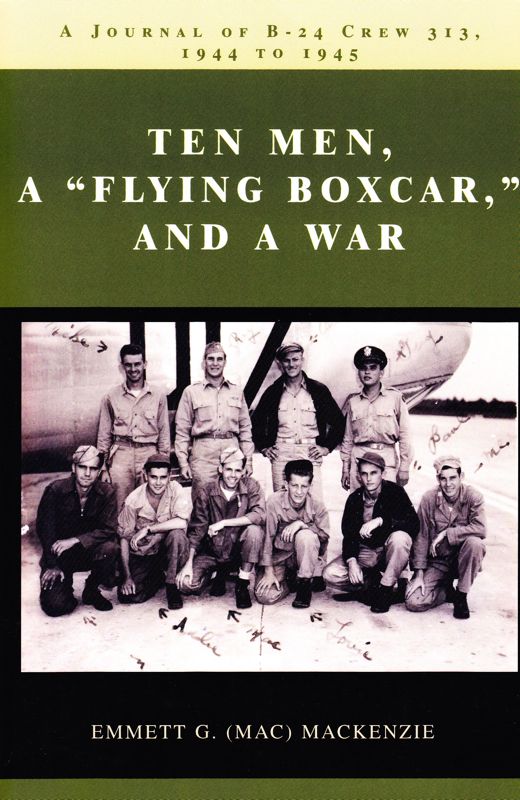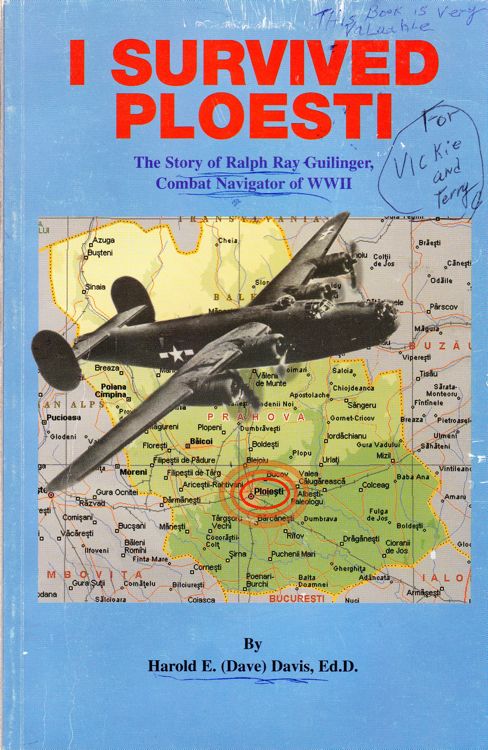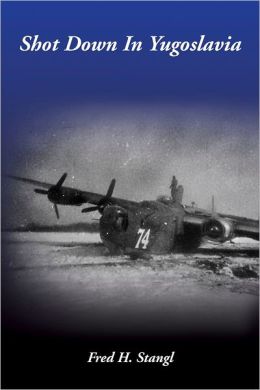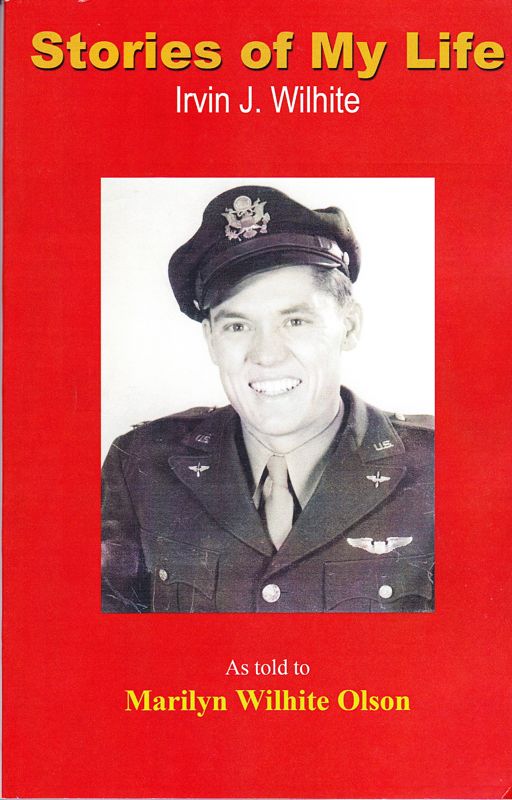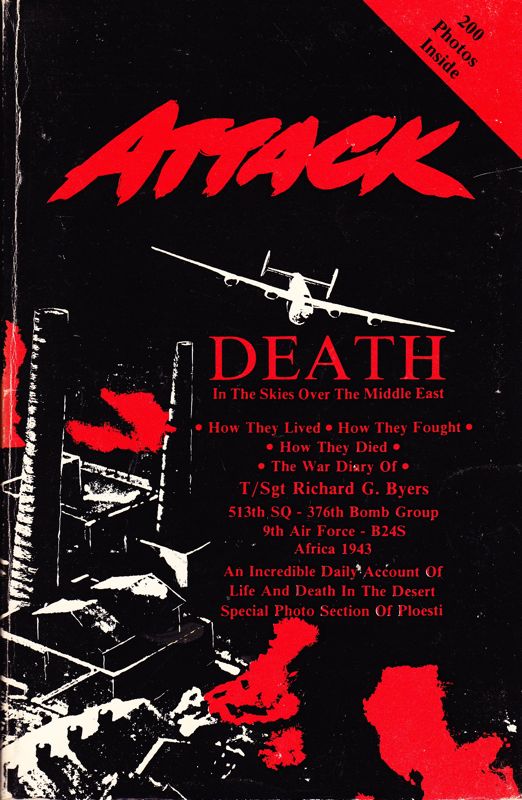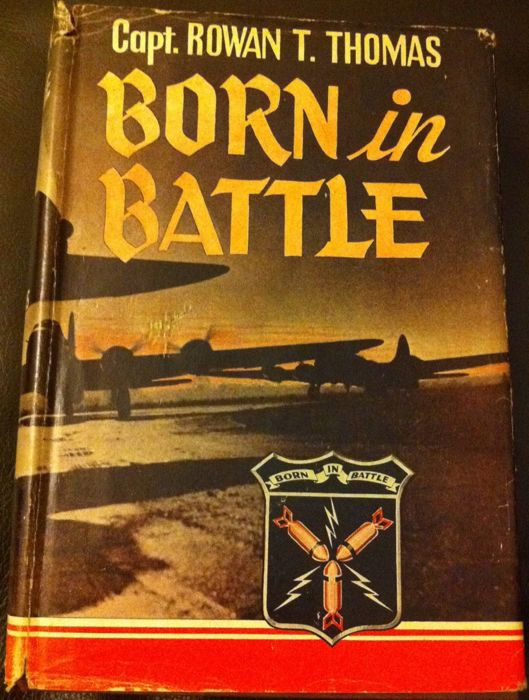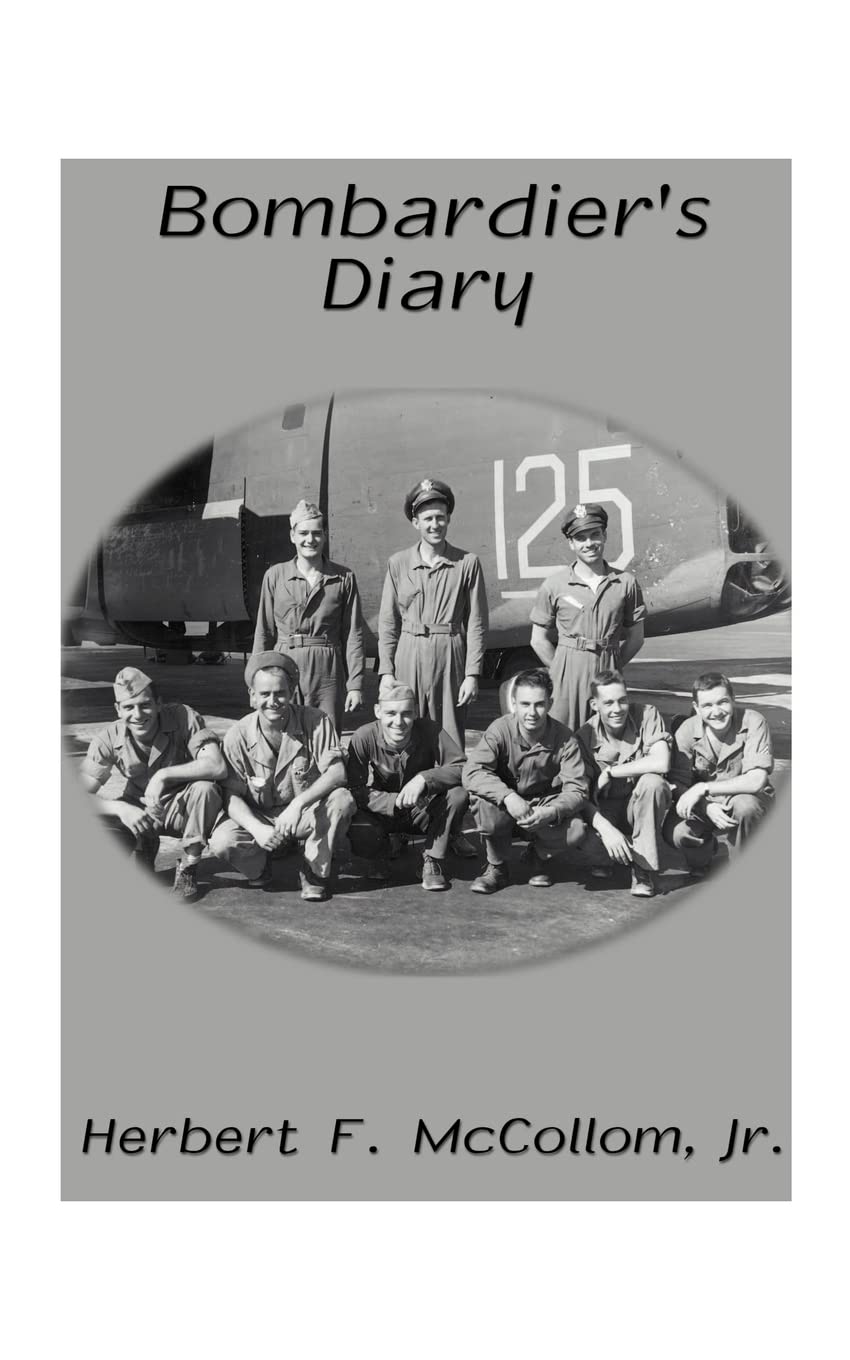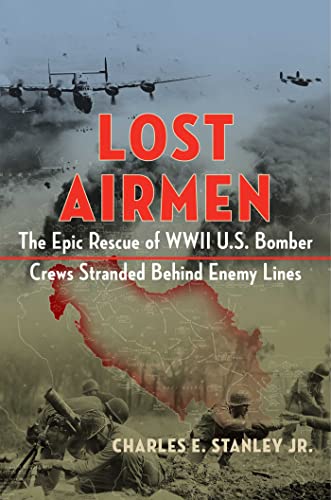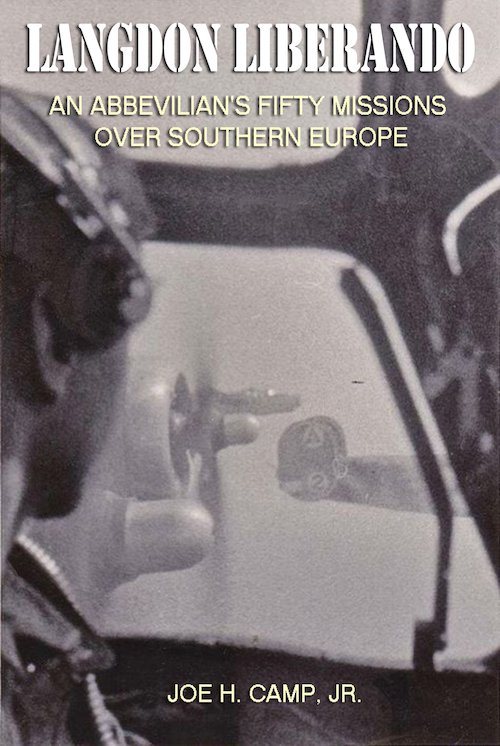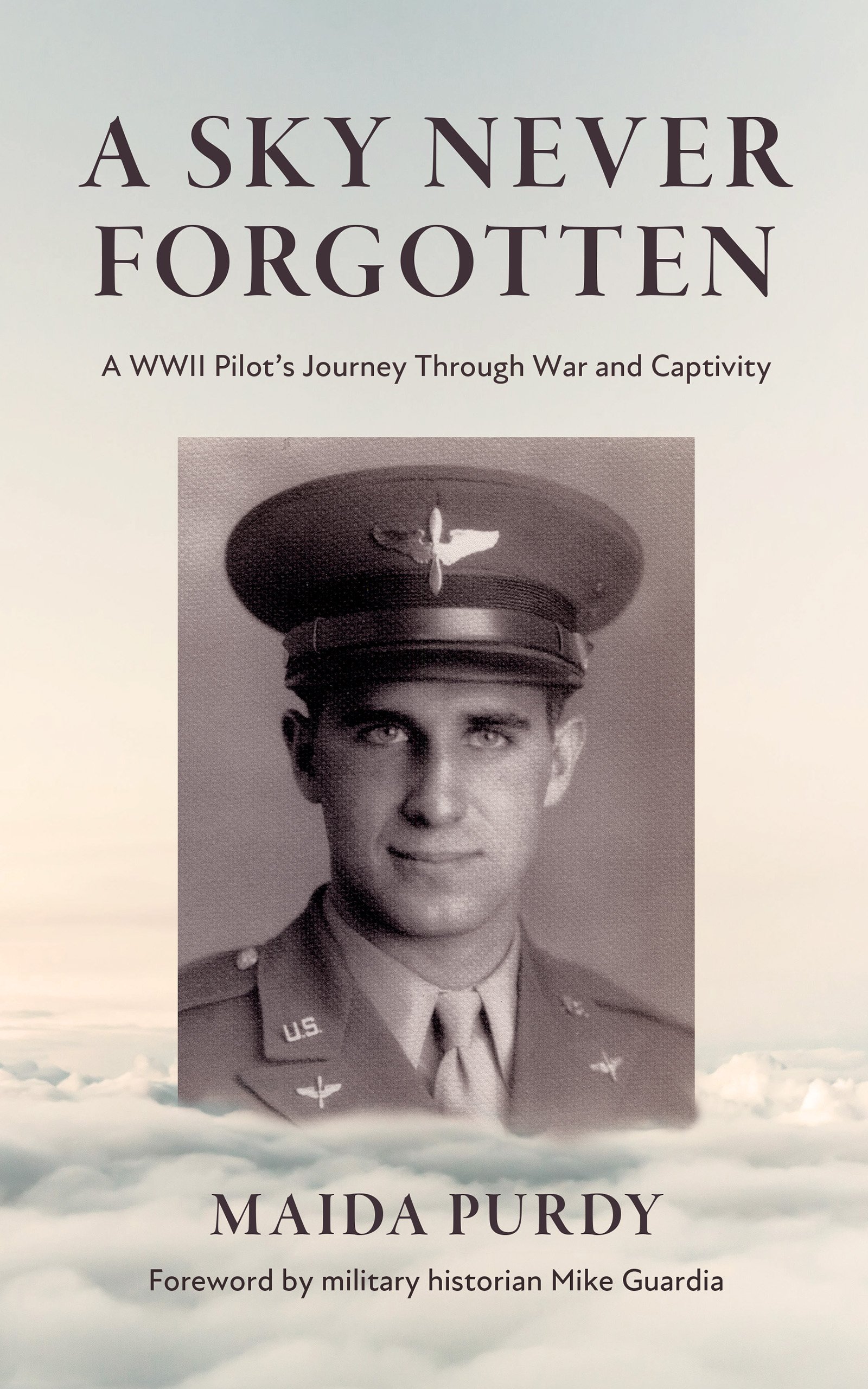Jack Eldridge mission Nov 4 1944
It is 0400 Local time, 4 Nov 1944 at the 376th Bomb Group base near San Pancrazio, Italy. The CQ (Charge of Quarters) Orderly peels open the tent flap on Lt Don Sawyer's crew tent and in a strong but not loud voice says, " It's four AM. Chow in 30 minutes and trucks at 0500". The 16x16 pyramid tent is home to the four Lts of Don Sawyer's crew.
By 2030 on 3 Nov 1944, the Frag Order had come down from the 47th Bomb Wing Hq at Manduria Italy. The Fragmentary (Frag) Order was the "alert" to prepare for the next day's mission. This Frag Order was for a maximum effort mission, and it specified the aircraft ordinance configuration and fuel load. The Wing join-up time was to be at 0845 local time at 18,000 feet at a spot 15 miles north of Brindisi Italy, at the coastline of the Adriatic Sea.
By 2100, the ground crews at the four squadrons of the 376 Group were given the "tail numbers" of the aircraft available from the Group Maintenance Squadron. Other 376 Group units would be dispatching bomb trailers loaded with 500 pound HE bombs, 50 caliber gun magazines, and fuel trucks would be rolling toward the designated aircraft hardstands. Ordinance was loaded, oxygen tanks pressured up, and the engines were test-run to check for last minute problems.
At 0430 4 Nov, the sleepy aircrews were standing in line, holding aluminum trays in the various squadron mess halls, and some could actually eat the stuff. Usually powdered scramble eggs, slab of spam, and maybe some juice. Coffee was also available, but being LDS, I didn't take any...
The 6x6 Trucks rolled up at 0530 and the crews piled onto the open truck beds for the short trip to the Group briefing building. The aircrews split up into two groups: the pilots/navs/bombardiers in one group, and the enlisted airmen in the other group for separate specialist briefings. The briefing building also doubled as the base theater, having a large screen on a stage at one end, and wooden benches lined up for about 20 rows where the crews sat for the briefing. The screen was made with several 4x8 sheets of plywood held together by 2x4's. The large map showing Southern Europe was tacked into place on the plywood. A bedsheet was draped over the map.
When the briefing room doors were closed and the lights dimmed, the sheet was pulled off. The Mission routes to and from the target were shown in black tape. There was one unified low groan from the aircrews when the target was recognized. Sometimes this groan was just our way to express dry or sick humor... The primary target was to be the West Marshalling Yard (Railroad freight yard) at Munchen (Munich) Germany.
A briefing Officer rose and stood at a podium, and using a yardstick, pointed to the map details and gave us the General Situation. The 376th Group and the other groups in the 47th Wing were to be a part of a 1000 plane attack by the 15th Air Force to destroy equipment and RR trains in the Marshalling Yard. The G2 Briefing Officer rose and described the target defenses and hazards enroute and return. He stated that there were 280 88 mm flak guns reported at the target area. The Operations Briefing Officer then described the details of the takeoff times, join-up procedures, etc. The Navigation Briefing Officer showed the various points along the route and ended up by giving us a "time hack".
The briefing concluded with a few sage words from our Group CO Col Graff, who was to lead the mission for our group. The briefing broke up and the navigators were given classified packets with maps, mission flimsies, mission code numbers etc. to help us make our mission plans for the various events.
At a briefed time, each squadron's aircraft taxied toward the one runway. Each element of three aircraft would taxi into position on the runway. A green flare was fired from the roof of the Base Operations building, and the lead aircraft powered up the four engines and started his takeoff roll. Twenty seconds later, number two thundered down the runway, followed by number three twenty seconds later, and so on until the entire group was airborne. Immediately after takeoff while wheels were being stowed, each aircraft turned left to start the circling maneuver used to organize the join-up of the formation. Aircraft continued to orbit in a large circle, each pilot making his turn to allow him to join up in his proper position in the formation. This orbiting took about an hour to get everybody into position and head toward the wing joinup at the briefed departure point. Other groups could be seen approaching the joinup point to fit into their slot in the formation.
The Lt Sawyer aircraft was a "wingman" in the second element of the 513th Squadron box. In the B24 bomber, the navigator crew position is located in the forward section, just behind the nose gun turret, and below the feet of the two pilots. The navigator stands at a fold-down shelf and faces aft while he is doing his log entries and studying the maps and flimsie events. Be stands there for the entire mission, until landing time. The Bombardier sits on the floor near the Navigator's legs and there he stays for several hours, waiting for the Time Over Target (TOT).
Since we were not the lead aircraft, the Bombardier would push a hand-held button on the end of an extension cord. Be would push the button when he saw the lead aircraft's bombs drop from the bomb bay.
The Formation would proceed to a point about thirty miles from the target, called the Initial Point (IP). With the formation heading toward the target area, the Bombardier in the lead aircraft would drape himself over his Norden bombsight and would have control of the aircraft using the dials on the bombsight.
The Navigator's job from the IP to the target is to observe everything going on in the target area such as: bomb strikes from formations up ahead, fires burning, enemy fighter aircraft activity, any bombers being hit by flak and watching for parachutes, etc. In addition, the Navigator was to record instrument readings, compass heading, altitude, indicated airspeed) every 20-30 seconds during the 7- 8 minute bomb run from the IP to the target. During these 7-8 minutes, the formation would not do evasive action.
The Navigator had an 18x18 bubble window on the B24M model, where he could look out to do the observations. This portal or bubble window was on the left side of the aircraft. The compass, airspeed indicator, and altimeter were mounted on a plate below and slightly forward of the portal. The Navigator would look out the bubble, bend over to read the instruments, record the readings and repeat the procedure several times. After taking about three or four readings, I straightened up to look out the bubble, and saw a 1 1/2 inch dia. hole in the bubble Plexiglas...
I didn't have time to think about it at the time, but later on after turning toward home, I studied that hole. By extrapolation, I looked for the end result of the flak. I found a hole in a radio box just above the swing-down shelf. I dug out the piece of flak about the size of a quarter, and I still have that souvenir to this day. If I had been looking out that bubble at the time the flak hit, it would have gone through my neck and would have killed me almost instantly.
I still feel to this day that I was not supposed to die that day. Something or someone programmed my standing up and bending down to cause that flak to miss me. I was allowed to finish my fifty missions on 31 Mar 1945, and go home and get married...We reared three children, have fifteen grandchildren, and six great grandchildren as of this writing. After the death of my wife in 1982, I have researched my ancestors and have submitted several thousand names to the Temple for proxy work to be done.
It is my Testimony that I was helped to survive that mission and to be able to serve in the Dallas Temple for five years as an Ordinance worker.
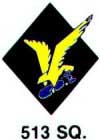
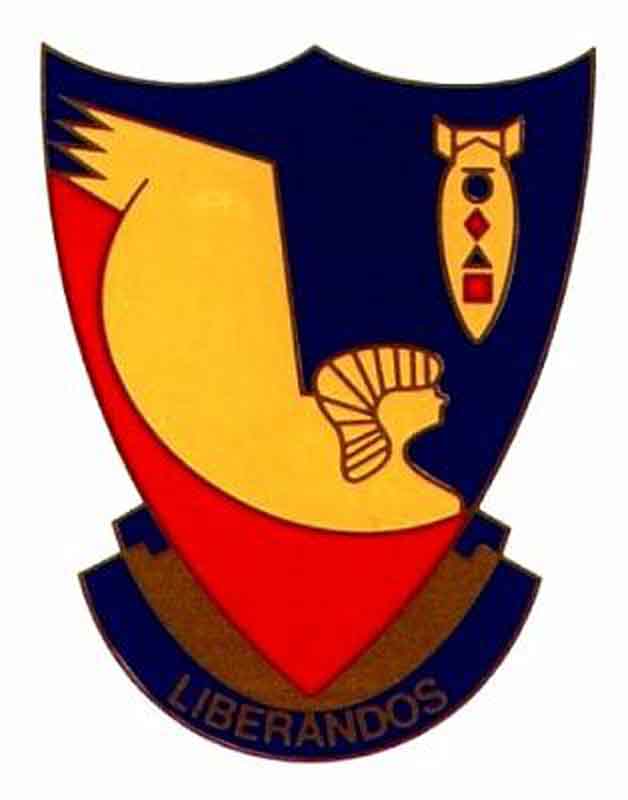
The website 376bg.org is NOT our site nor is it our endowment fund.
At the 2017 reunion, the board approved the donation of our archives to the Briscoe Center for American History, located on the University of Texas - Austin campus.
Also, the board approved a $5,000 donation to add to Ed Clendenin's $20,000 donation in the memory of his father. Together, these funds begin an endowment for the preservation of the 376 archives.
Donate directly to the 376 Endowment
To read about other endowment donation options, click here.
Reunion
NOTE change in the schedule !!
DATES: Sep 25-28, 2025
CITY:Rapid City, SD
HOTEL: Best Western Ramkota Conference Hotel; 2111 North LaCrosse St., Rapid City, SD 57702; 605-343-8500
Click here to read about the reunion details.
